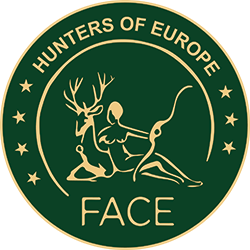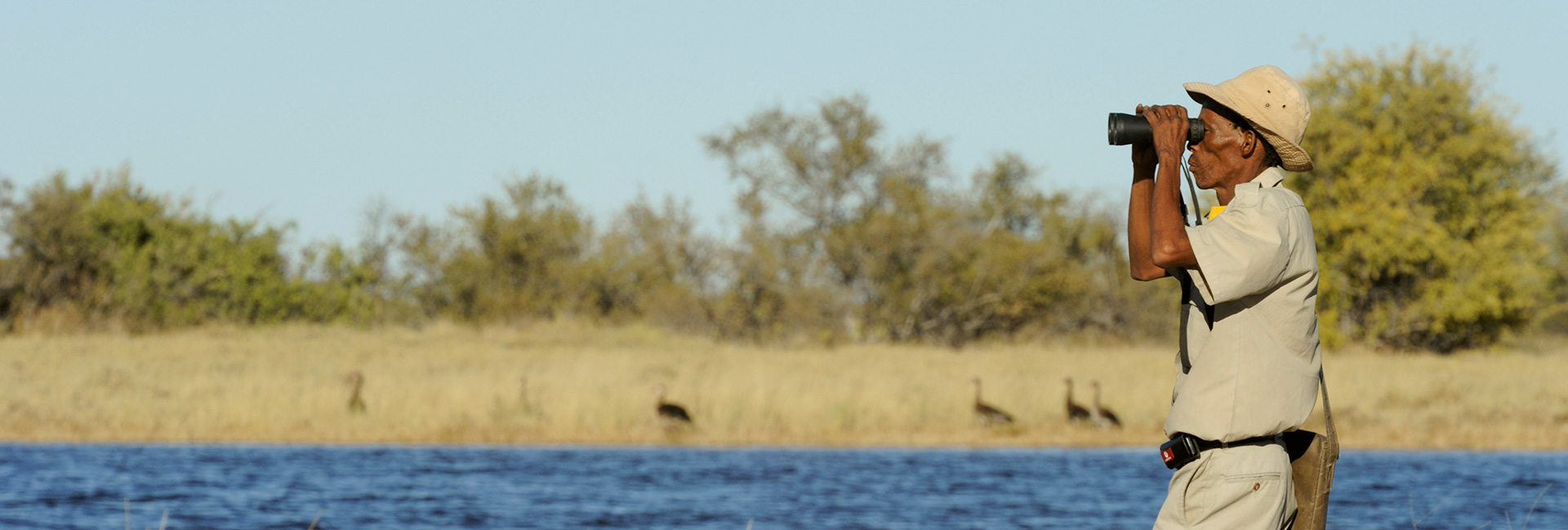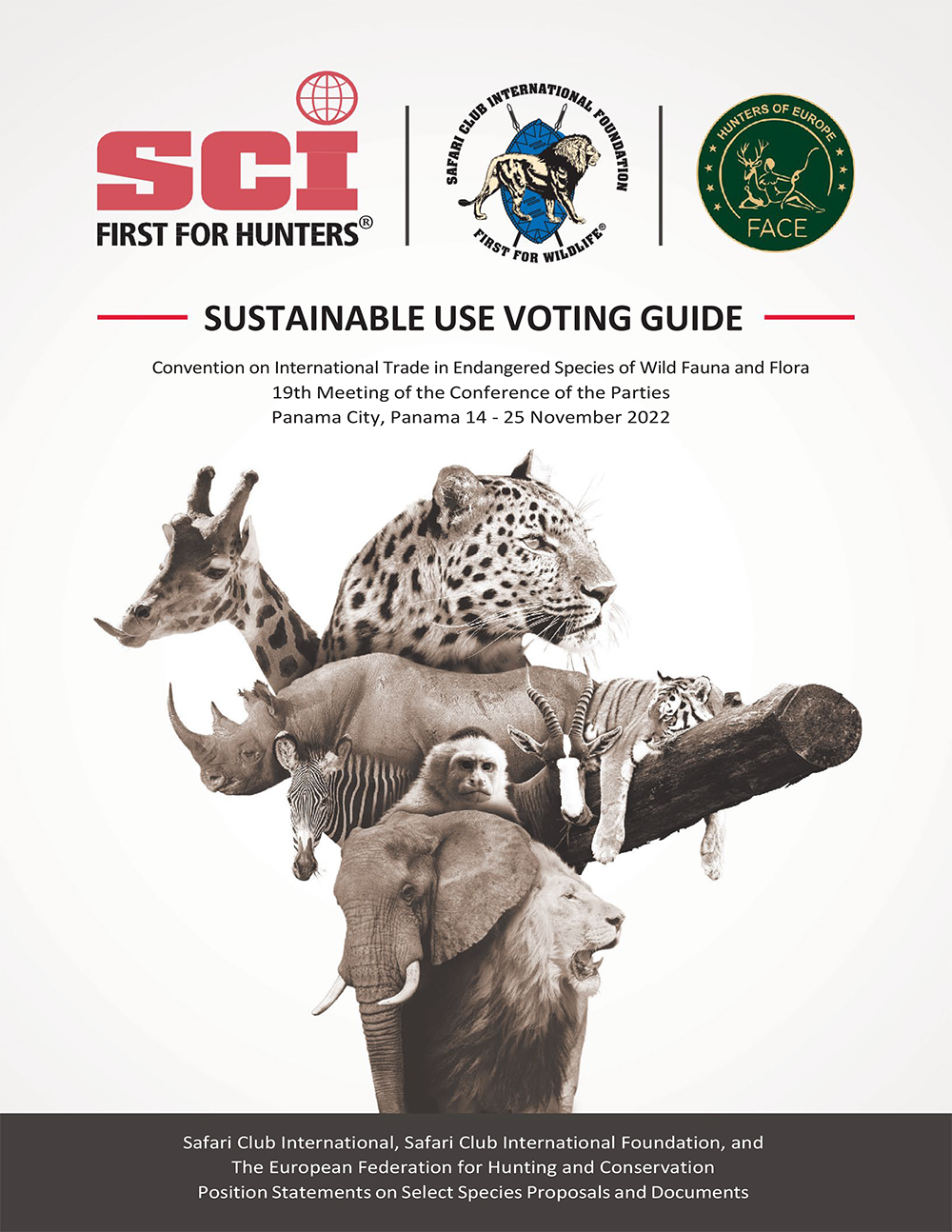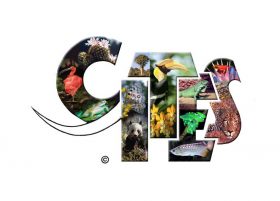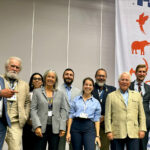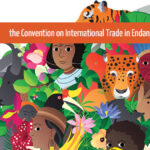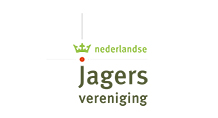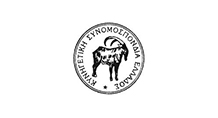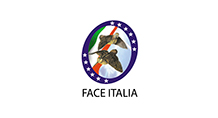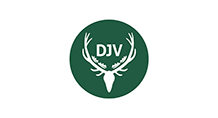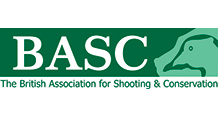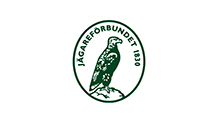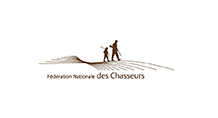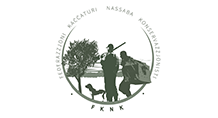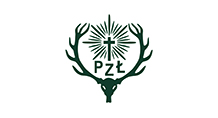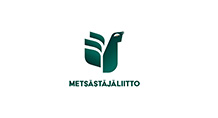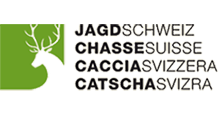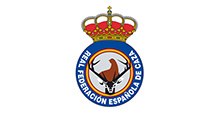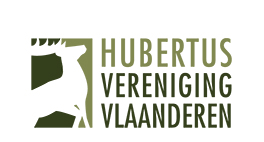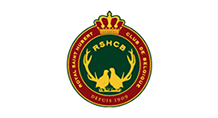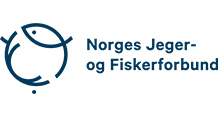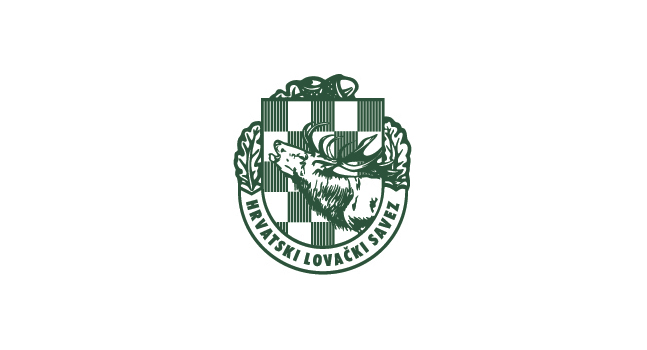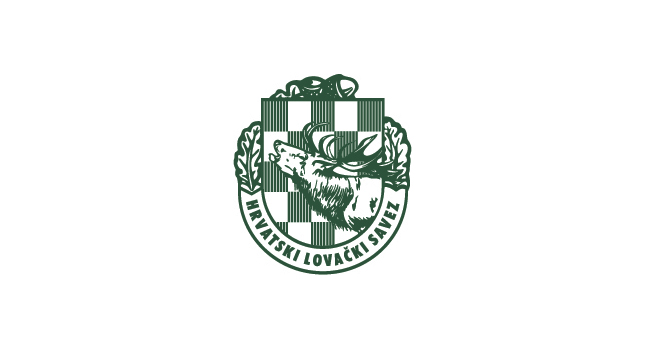Nineteenth meeting of the Conference of the Parties (COP19), November 2022
From 14 to 25 November 2022, the 19th meeting of the Conference of the Parties (CoP19) will be held in Panama City. For every CoP, FACE SCI and SCIF create a Sustainable Use Voting Guide with recommended positions on issues that impact hunting and other sustainable use priorities.
View CoP19 Sustainable Use Voting Guide PDF: [EN] [FR]
CITES seeks to regulate international trade in specimens of wild animals and plants at sustainable levels to ensure that this trade does not threaten their survival.
CITES is mainly relevant to hunters in relation to the import/export of hunting trophies, but also as one of a number of key international agreements setting the global conservation agenda, establishing conservation principles and providing the tools and means for cooperation.
Species covered by the Convention are listed in three Appendixes, subject to different levels of protection:
- For Appendix I species, the conditions to import a trophy are particularly strict and subject to quotas.
- Appendix II lists species that are not presently threatened with extinction but that may become so unless trade is closely controlled. It also includes so-called “look-alike species”, i.e. species of which the specimens in trade look like those of species listed for conservation reasons.
- Appendix III is a list of species included at the request of a Party that already regulates trade in the species and that needs the cooperation of other countries to prevent unsustainable or illegal exploitation.
CITES currently has 184 Parties, including the 27 EU Member States, which during CoPs, held every 3 years, are expected to speak with one voice and to vote as a block. FACE works on CITES in partnership with Safari Club International and the International Council for Game and Wildlife Conservation.
